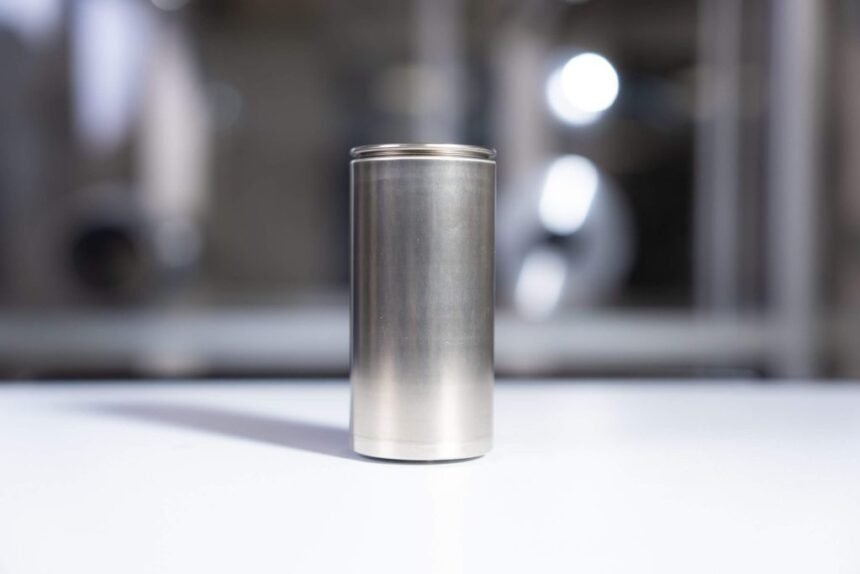New Breakthrough in Battery Technology: South Korean Researchers Develop Innovative Approach to Enhance Lithium-Ion Batteries
As the demand for high-energy and long-lasting batteries continues to grow for electric vehicles, drones, and energy storage systems, a team of researchers from South Korea has introduced a groundbreaking solution to address a major limitation of conventional lithium-ion batteries (LIBs): unstable interfaces between electrodes and electrolytes.
Currently, most consumer electronics rely on graphite-based batteries, which offer stability but have limited energy capacity. Silicon, on the other hand, can store significantly more lithium ions, making it a promising material for the next generation of batteries. However, silicon’s volume expansion and contraction during charge and discharge processes can lead to mechanical gaps between the electrode and electrolyte, ultimately degrading battery performance over time.
To combat this issue, researchers have been exploring the use of solid or quasi-solid-state electrolytes (QSSEs) as a replacement for liquid electrolytes. While QSSEs offer improved safety and stability, they still struggle to maintain contact with the expanding and contracting silicon, leading to performance loss.
Now, a collaborative research team from POSTECH (Pohang University of Science and Technology) and Sogang University has developed an innovative In Situ Interlocking Electrode-Electrolyte (IEE) system. This system forms covalent chemical bonds between the electrode and electrolyte, creating a strong and durable connection that can withstand mechanical stress.
Performance tests have shown a significant improvement with batteries using the IEE design, maintaining long-term stability and demonstrating higher energy density. In fact, the IEE-based pouch cell showcased an energy density of 403.7 Wh/kg and 1300 Wh/L, surpassing commercial LIBs in both gravimetric and volumetric energy density. This breakthrough could mean that electric vehicles can travel further and smartphones can operate longer using the same-sized battery.
Professor Soojin Park of POSTECH, who co-led the study, commented, “This study paves the way for next-generation energy storage systems that require high energy density and durability.” Professor Jaegeon Ryu of Sogang University added, “The IEE strategy is a key technology that could accelerate the commercialization of silicon-based batteries by enhancing interfacial stability.”







